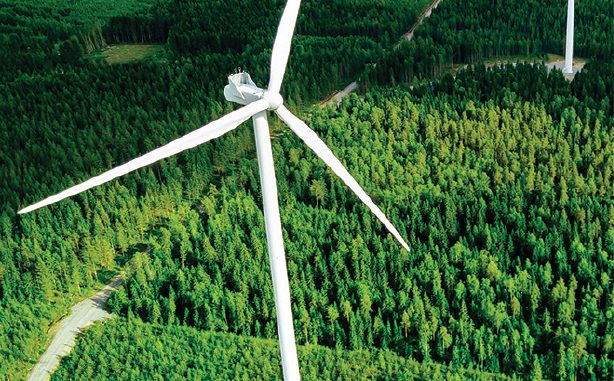
Transformers are critical components that pool generated power and raise its voltage level at the pooling station before synchronising and feeding it into the inter-state or intra-state transmission system. Their availability and longevity can significantly impact grid reliability and improve voltage control, even with intermittent supply. After the Paris Agreement and the COP26 Summit, countries around the world have set ambitious renewable energy targets. With increasing renewable energy penetration, large load swings within relatively short timeframes have become inevitable, impacting both transmission and distribution (T&D) grids. The complexity of the electrical grid is further heightened by nonlinear loads from data centres and electric vehicle charging stations, among other factors. To overcome this, the deployment of specialised transformers is gaining traction for distributed photovoltaic (PV) and wind generation.
Technology options
The most common type of transformer utilised in renewable energy applications is the inverter transformer. The direct current (DC) generated by PV cells is converted to alternating current (AC) by inverters, and the AC power is connected to the power grid through a step-up transformer. They synchronise the output AC power with the phase frequency and voltage of the existing grid in order to feed PV power into the grid. PV inverters are highly efficient and inject minimal DC, harmonics or reactive power into the grid. However, solar power systems face design challenges due to the limited size of the solar inverter, the largest being approximately 500 kVA. Restrictions on inverter size also impose limitations on the size of the PV systems. As a result, the advancement of the inverter technology has been slow.
Isolation transformers are typically used to safeguard inverters from grid-side surges and prevent any DC injection from the inverter into the grid. Many inverter models come with built-in isolation transformers. However, due to their increased cost and decreased efficiency, many opt to purchase inverters without them. Isolation transformers are not required if the PV system utilises another transformer, such as a step-up transformer.
For handling and transmitting substantial volumes of electricity from variable renewable energy installations both dry-type transformers and liquid-filled transformers are gaining traction. In a dry-type transformer the windings and core are enclosed in a sealed tank filled with air or gas under pressure. These transformers are used to connect renewable energy sources to the grid or to the load, such as wind turbines, solar panels and hydroelectric plants. Meanwhile, liquid-filled transformers utilise mineral oil, synthetic ester and natural ester fluids. This makes them suitable for a wide range of applications, from residential to commercial and industrial rooftop solar installations, and onshore pad-mount or ground-mount to offshore-tower or nacelle-mount wind projects.
Additionally, in the coming years, the increase in rooftop installations will lead to more prosumers willing to sell electricity to the grid during the day and withdraw electricity during off-peak hours. Upgrading to smart transformers will ensure a bidirectional flow of energy from the grid to buildings, as well as from consumers to the grid. This will ensure that electricity is extended to consumers who need it during peak hours at competitive prices, eliminating the need. Smart transformers will also enable grids to become more resilient to the volatility and grid instability of various kinds.
Solid-state transformers (SSTs) are made up of control circuits, high-power semiconductors, and high-frequency transformers. These transformers facilitate seamless AC-DC and DC-AC conversions and offer greater control over power distribution networks. When integrated into the power grid, SSTs independently manage voltage variations. These transformers are more robust, reliable, efficient and relatively less expensive compared to conventional transformers. SSTs are most commonly used in renewable energy sources such as solar and wind energy, as well as in traction locomotives. Furthermore, it is anticipated that the ageing T&D infrastructure will support growth in the SST market.
Internet of things (IoT) technology will play a crucial role in gathering data on the grid’s performance and reporting any potential issues to power companies in real time, thereby preventing outages and downtime. IoT, in combination with artificial intelligence/machine learning, will also give utilities advanced warnings about any potential issues by modelling the performance and usage intensity of components. This will help utilities in diagnosing and scheduling repairs of potential problems in advance, resulting in reduced operations and maintenance (O&M) costs. Consequently, smart transformers will enhance efficiency and reduce the O&M costs of T&D utilities.
Conclusion
Rising renewable capacity over the coming years will require investments in the T&D sector to upgrade and incorporate smart technologies that can facilitate the intermittent and bidirectional flow of electricity. However, the limited number of reputable manufacturers and inadequate testing infrastructure could pose a serious challenge to project execution. Going forward, it is imperative to address these issues and strengthen the manufacturing capacity and testing infrastructure for specialised transformers used in renewable energy applications.
